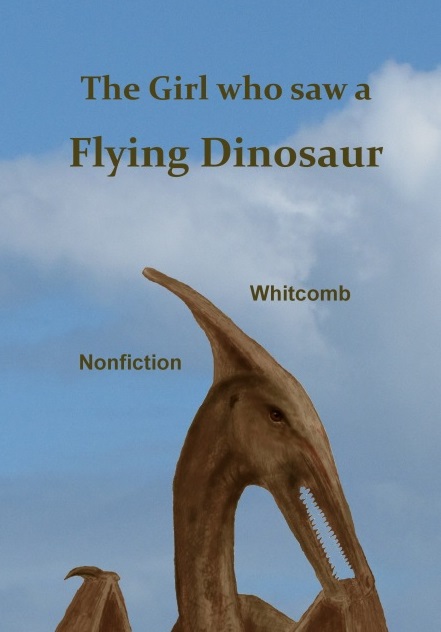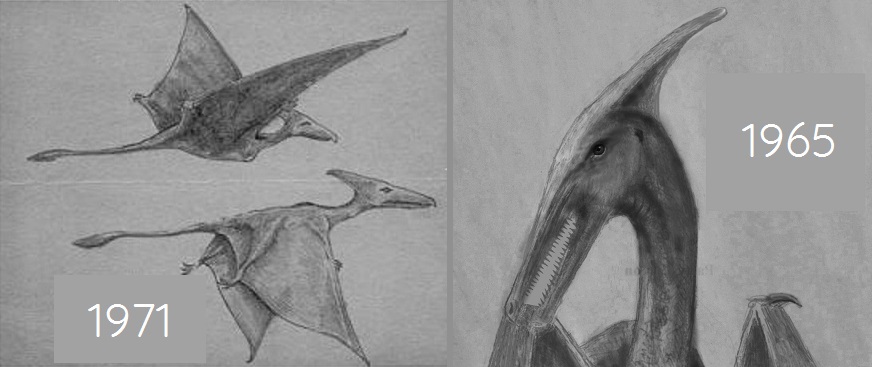By the investigative journalist Jonathan Whitcomb
This new non-fiction cryptozoology book for children and teenagers is not exactly about dinosaurs. It’s about eyewitness testimonies about strange flying creatures that appeared unlike any bird or bat. The scientifically correct name for what some people call a “dinosaur bird” or a “flying dinosaur” is pterosaur. Please now consider how a young reader may be better off because of reading this short book (for readers about 8-14 years old).
Some of the Benefits Available From The Girl who saw a Flying Dinosaur
- It gives the child or teenager the opportunity to decide for himself or herself, comparing the idea of universal-extinction-of-all-species-of-pterosaurs with the obvious idea from many sighting reports: one apparent long-tailed species of pterosaur that is still living. (These eyewitness reports come from different areas of the planet.)
- It gives the young reader an opportunity to dive into what may be the first nonfiction book of its kind: a nonfiction, for ages about eight to fourteen years, about eyewitness accounts of what appear to be non-extinct pterosaurs (often called “pterodactyls”). The author makes a case that they really are modern living pterosaurs, but the reader is able to come to his or her own conclusion.
- Two sketches are compared, both of them drawn by an eyewitness whose sighting was at Guantanamo Bay, Cuba, in the mid-20th century. The reader can judge how much these two drawings resemble each other. The book invites the young reader to really think about what is in these two sketches.
In other words, the reader is encouraged to use critical thinking, comparing different ideas. This kind of thinking is important for young persons to develop, especially if they are to become prepared to be the best of scientists.
.
The Drawings by Eskin Kuhn and Patty Carson
Patty Carson drew her sketch just a few years ago, although her sighting was in 1965. Eskin Kuhn drew his sketch just minutes after his sighting, which was in 1971.
Sketches in the short paperback book The Girl who saw a Flying Dinosaur
###
.
Nonfiction ‘dinosaur’ book for a 10-year-old
Before listing some of the benefits available to children and teenagers, from reading my nonfiction book The Girl who saw a Flying Dinosaur, please consider the following brief quotation of part of the title page . . .
.
“Press Releases on Living Pterosaurs”
.
What’s so special about this “dinosaur” book? It’s nothing remotely like a fiction for preschoolers, nothing about a little boy riding on the back of a pretend dinosaur. In simple English, it gives the reader eyewitness accounts of ordinary persons who have seen what they believe are living pterosaurs.
.
The following two eyewitness reports may have limited relevance to strange missing-persons cases in North America, yet the potential danger of attacks from related flying creatures makes them worthy of note.
.
In five expeditions, from 1994 through 2004, several Americans have explored *Umboi Island in search of the nocturnal ropen. *(Natives of Papua New Guinea call this island Siasi.) On this island, eyewitnesses report that the glowing ropen flies between the sea and the island interior or between one mountain and another.
.
Modern pterosaur in Draper, Utah
“Dragon” or a “big bird” in Draper (Salt Lake Valley)




